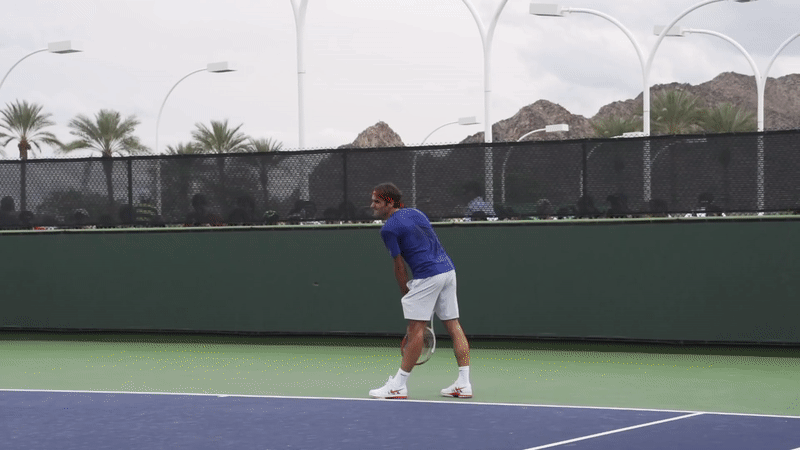Lately, I’ve been thinking about the role of a teacher in the process of learning. Everybody likes to criticize teachers, the education system, and blindly valuing only self-learning and other alternative learning materials. As a consequence many misconceptions are widely propagated, some people even believe that roughly a teacher cannot contribute more than 20% in the process of learning.
Maximizing the effectiveness of a teacher in the student process is a difficult topic that I’ll not address here. My main interest lies in discussing these “aha” moments that are produced as a result of some key insight given by the teacher. These moments are what I denote as Master-Student Dynamic.
I started thinking about this while listening to the MIT AI podcast, featuring Alexei Fridman and Eric Weinstein. In the very first minute of the podcast they address this very topic:
I’ve heard about this idea before, however, I’ve never really thought how I’ve experienced it myself. So in the rest of the article, I’ll talk about how this concept has applied to me in three different areas: School, Sports, and Philosophy.
School
I’ve always been a protector of magistral lectures, as controversial as it might be, this lectures with no interruptions allow the teacher to summarize from his own point of view how he understands an idea. Whether this is the only thing a teacher should be doing or not, is an entirely different matter. I believe that much of the student notion of a concept is the fight between his understanding and the different points of views which he has been presented with.
As a more concrete example, when I was a junior in college, my professor said:
The key to solving this «difficult» problem lies in this tool, Professor.
I didn’t really pay much attention to the comment because I didn’t yet have enough understanding of the problem in order to fully appreciate the extent of that comment.
Later, on the test day, she gave us this problem to solve! At the beginning of the exam, I had no idea how to solve the problem, I had struggled, and I failed to solve it in the past. However, she framed the question in such a way that her comment made a lot of sense (or at least I thought so). Then by rewriting the problem using this tool, I was able to see the problem in a new way, thereby solving it.
Another incredible story is captured by John D. Cook in his explanation of Lagrange Multipliers. This very same process is repeated time and time again in the process of learning, in fact, the discovery of QED by physicist Richard Feynman can be broken down to this very moment. Where in his noble lecture he tells the story of how he re-interpreted P. Dirac words and how a Student-teacher dynamic appeared where the master was Dirac and Feynman was the student.
Sports
My example comes from training tennis, and I think, it can be extended to all sports. It is about the serving technique:

Service is perhaps the most important stroke in tennis, however, it is as difficult as it is fundamental. You must throw the Ball in the right way, hit it in the right moment, with the right force and with the right body motion. It is not as easy as Roger makes it seem, a sgood service takes years of practice.
In particular, I have always struggled with ball throwing, my ball always bent too much to the left. Recently my coach noticed that and put his hand on my back when I was throwing the ball. He said,
When you throw the ball, my hand should not move, Coach.
I didn’t notice at first, but when he removed his hand, I immediately realized the feeling of pressure from his hand was not there. Somehow I became self-aware of my technique problem. Then by throwing a couple more balls, I started to improve my throwing motion.
In sports, as in school, there are no rules to decide what would generate these aha moments, what works on someone might not work on someone else. In addition sometimes one needs a reframing of the problem in order to understand it first (other times one-self can infer this reframing as Feynman did on his discovery). This is perhaps why is so difficult to become a good master, to some extent you have to have a pool of possible solutions (commonly known as experience) and also know when to apply it. In fact, the problem of artificially generating this process is so important, it has led scientist V. Vapnik to believe this is a key element of intelligence.
Philosophy
The next part is a little less serious, nevertheless, it is interesting to ponder.
What is really the so-called enlightenment ?
Is the enlightenment a period of history ? or does it refer to the fact that somehow by using logic and reasoning, or the so-called scientific process we are able to “discover” deeper truths about the world ? This process of discovery is sometimes claimed to clarify or lighten our perception of the world.
Actually, I like to think about the enlightenment in the Indian sense. In this sense, when someone achieves enlightenment, he somehow concibe certain new insight on certain knowledge. However the raw knowledge was always there, it is this new insight that allows one to achieve a sense of realization or enlightenment.
Human civilization has been characterized by our incredible amount of stored knowledge. One way to transmit the understanding of this knowledge is by being taught by a master, and take a note that I mean understanding, the raw knowledge itself can be stored in a library. But the act of teaching or enlightening somebody is one way we have found to effectively share insight.
Thereby I believe that while it has no definite understanding, the Master-Student Dynamic is a key part of the human civilization, something which is bright in itself.